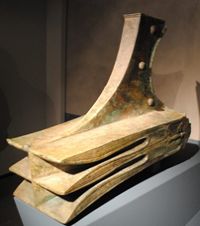 A team of archaeologists has just recreated a bronze Roman naval ram using ancient fabrication techniques. The ram design was critical in the establishment of Roman naval superiority in the Mediterranean.
A team of archaeologists has just recreated a bronze Roman naval ram using ancient fabrication techniques. The ram design was critical in the establishment of Roman naval superiority in the Mediterranean.
The primary weapon used on naval galleys in the Mediterranean for close to a millenium (c. 500 BCE–500 CE) was the bronze ram. The use and devastating force of the ram is described in the ancient accounts of sea battles, but examples of the ancient weapon itself were not discovered by archaeologists until the 1980s. Then, beginning in 2010, archaeologists found twenty-seven bronze warship rams off Sicily, at the site of the battle of the Aegates, (also known as the battle of the Egadi Islands),a Roman naval victory over Carthage of 241 BC that marked the end of the First Punic War.
The rams, originally mounted on the bows of Roman triremes, quadriremes, and quinqueremes are highly-engineered three-bladed bronze castings. Exactly how these ancient naval rams were made has been the subject of debate among archeologists since they were discoverd. Initial speculation suggested that the rams were cast in bronze using the sand-casting method with wooden molds. Further examination, however, ruled out this method. The lost-wax method was then proposed as the technique by which rams were made.

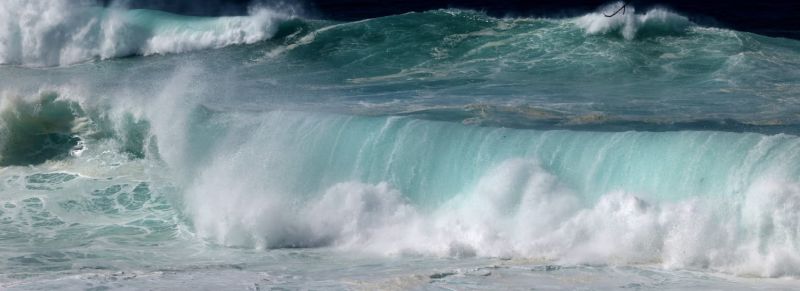 The
The  A
A 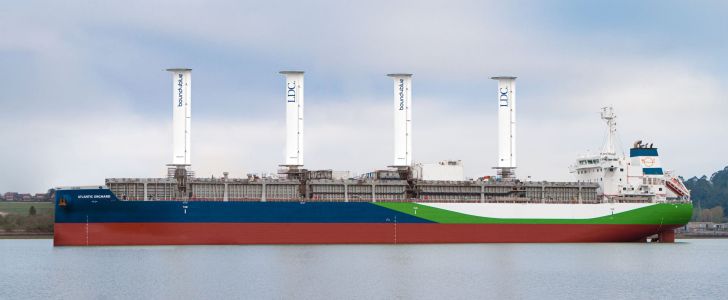 The Spanish cleantech engineering firm
The Spanish cleantech engineering firm 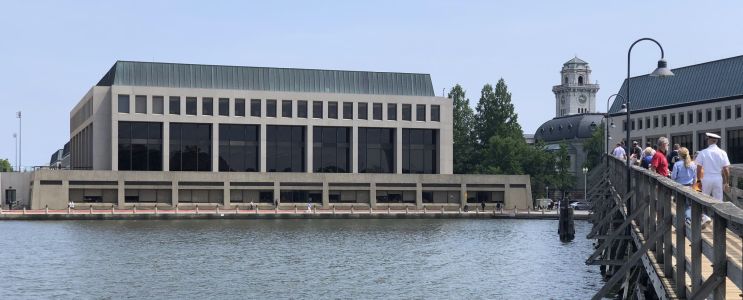
 Iceland’s only active whaling company,
Iceland’s only active whaling company,  The
The 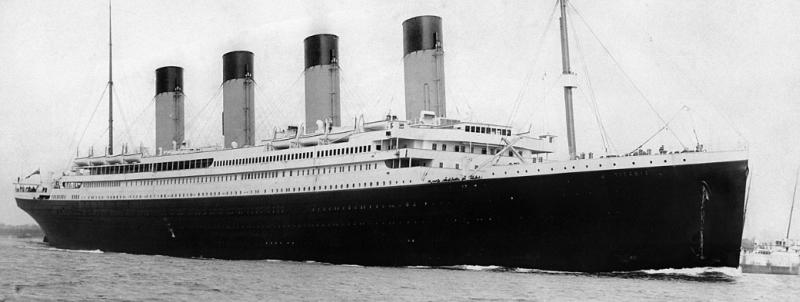 One hundred and thirteen years ago this week, the
One hundred and thirteen years ago this week, the 
 Today, April 11th, is
Today, April 11th, is 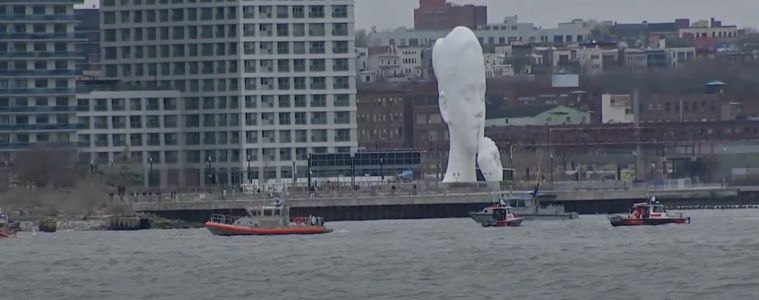 Six people died when
Six people died when 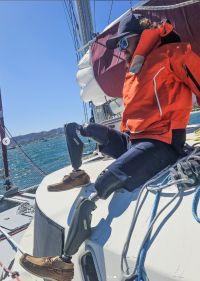 A wonderful story reported by the BBC.
A wonderful story reported by the BBC. 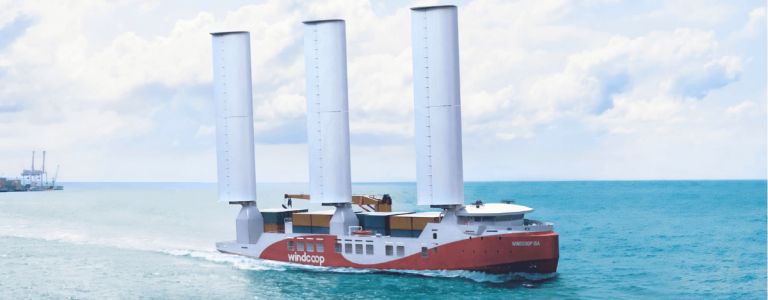 In February, we
In February, we 
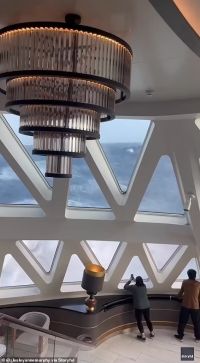
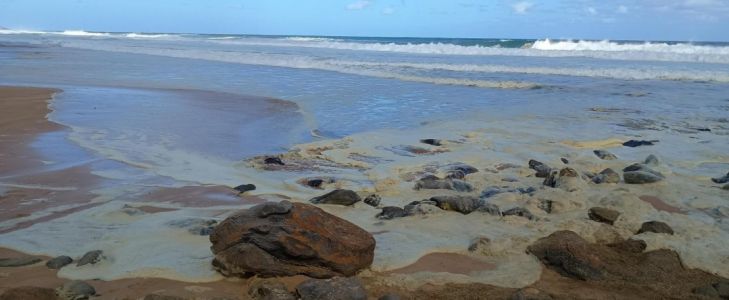 We recently
We recently 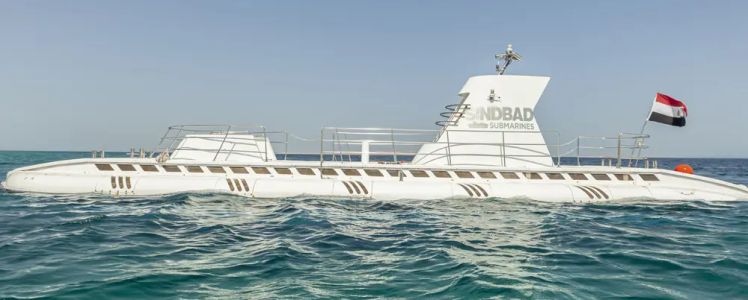
 Last week, Trump’s Defense Department removed
Last week, Trump’s Defense Department removed 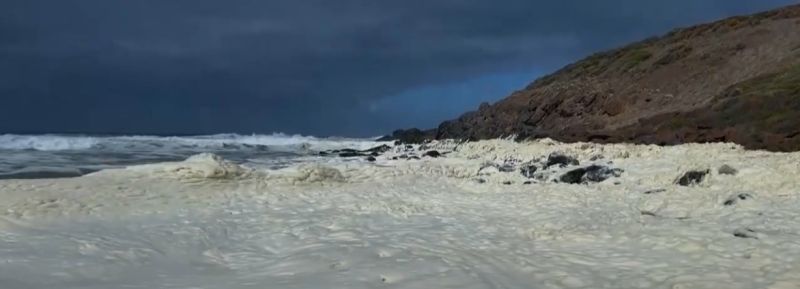 Five years ago,
Five years ago,  A remarkable story of survival against all odds.
A remarkable story of survival against all odds.